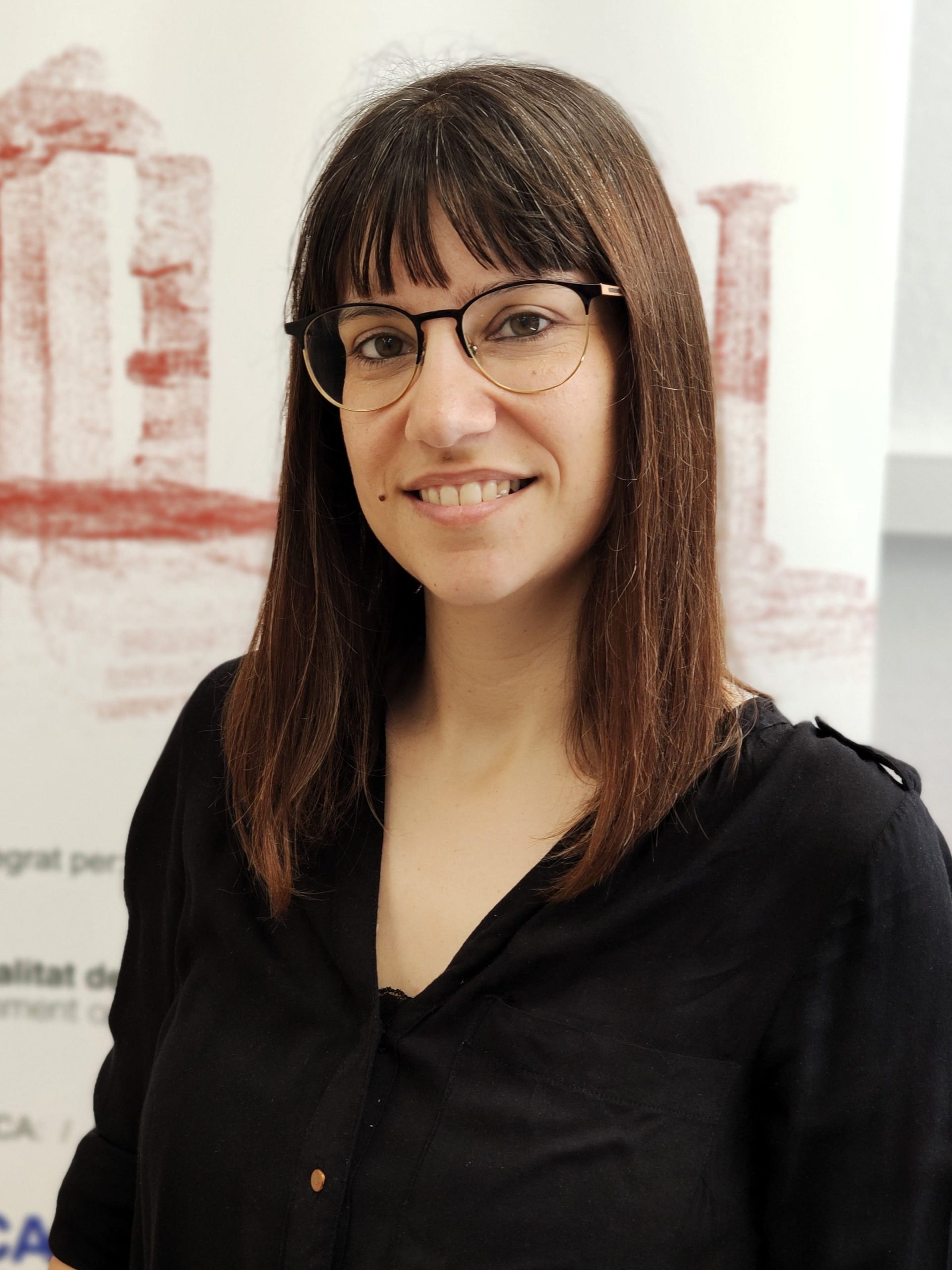Brief CV
Valentina is an environmental resources archaeologist, specialising in anthracology. Her research focuses on the study of agro-sylvo-pastoral practices and their environmental effects through time. She received her Bachelor and Masters degree in Medieval Archaeology (2010) and Archaeobotany (2013) respectively at the University of Siena (Italy). In 2019 she completed her PhD in Historical Geography which was followed by a post-doctoral position at the University of Genoa (Italy). There she has worked in the Laboratory of Environmental Archaeology and History (Cir-LASA) and recently she has started collaborating with GIAP’s InterArPa and TransLands projects. Throughout her career she has collaborated in interdisciplinary research projects with archaeologists, naturalists, historians and geographers.
Valentina’s new Ramon y Cajal project is called TRANSEANT – Landscape of transhumance: environmental archaeology research between Eastern Pyrenees (Spain) and Maritime Alps (Italy). The overall objective of this project is to bring to light the rich environmental and cultural heritage linked to transhumant pastoralism, highlighting how this practice has built and transformed the rural landscape and its living components. Indeed, transhumance has represented one of the main environmental factors and has profoundly transformed the ecology of environmental systems in the Mediterranean area: from plant to animal populations, to the Physico-chemical properties and structural characteristics of the soils.
The impact of transhumant breeding is identifiable through the study of bio-stratigraphic markers (e.g. macro-micro charcoal, pollen, phytoliths, soil chemical elements, microorganisms etc.) extracted from soils and sediments. Such bio-stratigraphic evidence will be cross-checked with other archaeological, historical, ethnographic sources and historical ecology observations.
Two study areas have been selected as they represent two of the most important hubs of the transhumance system of the western Mediterranean region: the Eastern Pyrenees (Catalonia – Spain) and the Maritime Alps (Liguria – Italy). While the archaeological traces of transhumance activity gradually disappear the environmental impact of the abandonment of this ecosystem management practice is increasingly evident: the decrease in biodiversity, increase in hydro-geological and fire risk are just some of the most evident consequences. This research endeavours to add new information that will contribute to new policies for the management of mountain areas that today are highly marginalized.
Selection of publications:
Pescini V., Carbonell-Puigventós A., Colominas L., Égüez N., Mayoral A., Palet J.M., 2023. Neolithic livestock practices in high mountain areas: A multi-proxy study of pastoral enclosures of Molleres II (Eastern Pyrenees), Quaternary International, DOI: 10.1016/j.quaint.2023.04.008
Pescini V., Certini G., Mastrolonardo G., 2023. Charcoal Hearth Remains as Environmental Archives: An Interdisciplinary Study at Poggio di Montieri, Italy, Environmental Archaeology, DOI: 10.1080/14614103.2023.2217016
Pescini V., 2019. “Which Origin for Charcoal in Soils? Case-Studies of Environmental Resources Archaeology (ERA) From the Ligurian Apennines, Seventh to the Twentieth Century”. Frontiers in Environmental Science 7-77: 1–15.
Gabellieri N., Panetta A., *Pescini V. 2020. The “5T.ERA project”. Bridging research with application for the management of the Cinque Terre rural landscape. In Panetta A., Pescini V., Py-Saragaglia V. (Eds) Disassembling landscape. Applied environmental archaeology and historical ecology, Quaderni Storici, n°164, pp. 311-341, doi: 10.1408/99410
Pescini V., Montanari C., Moreno D., 2018. “Multi-proxy record of environmental changes and past land use practices in a Mediterranean landscape: the Punta Mesco Cape (Liguria- Italy) between the 15th and 20th century”. Quaternary International 463: 376–390.






